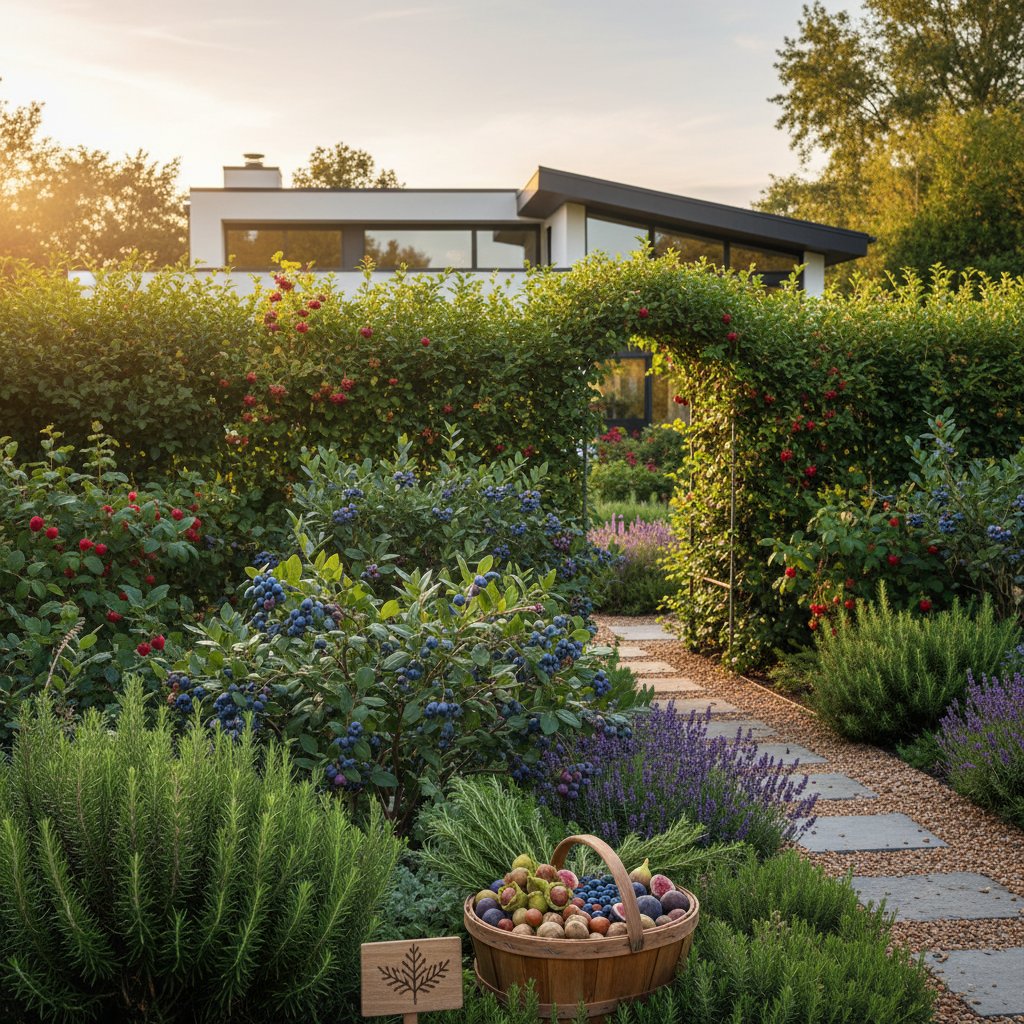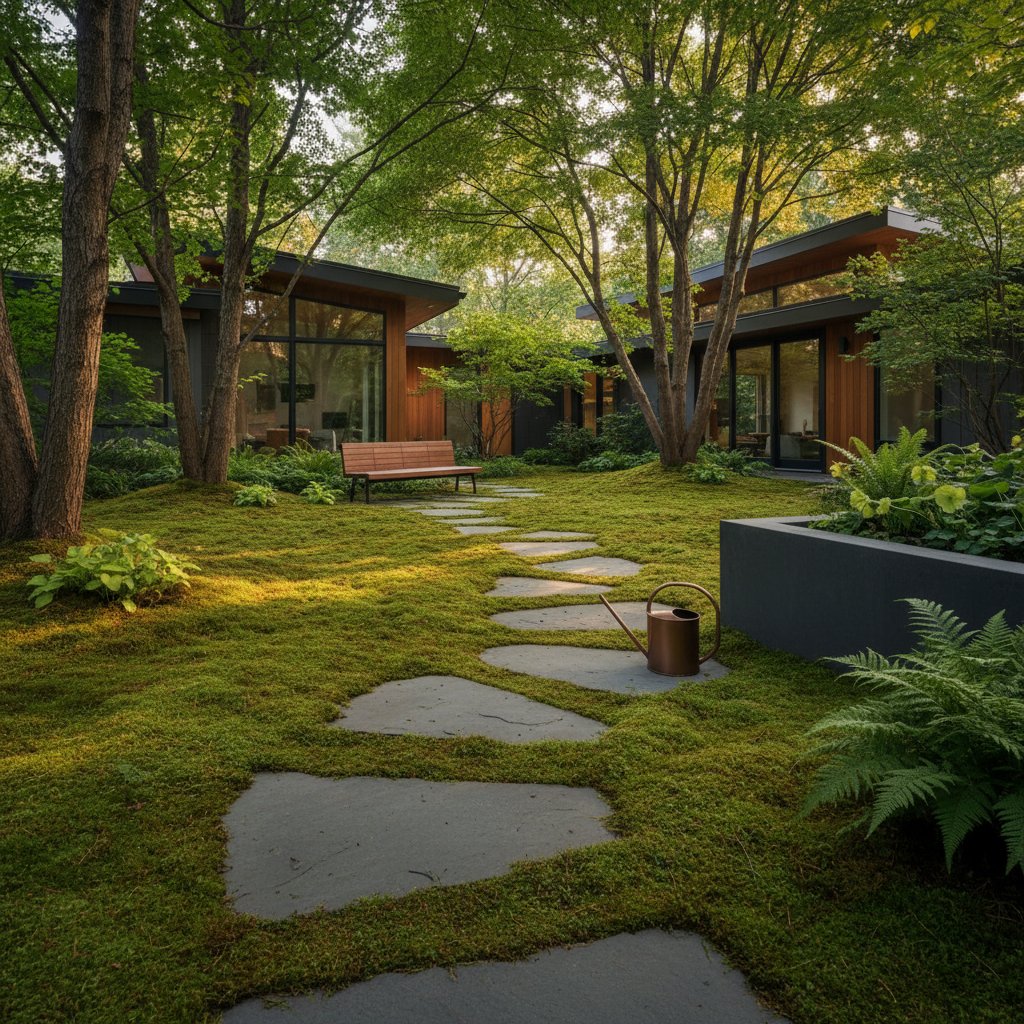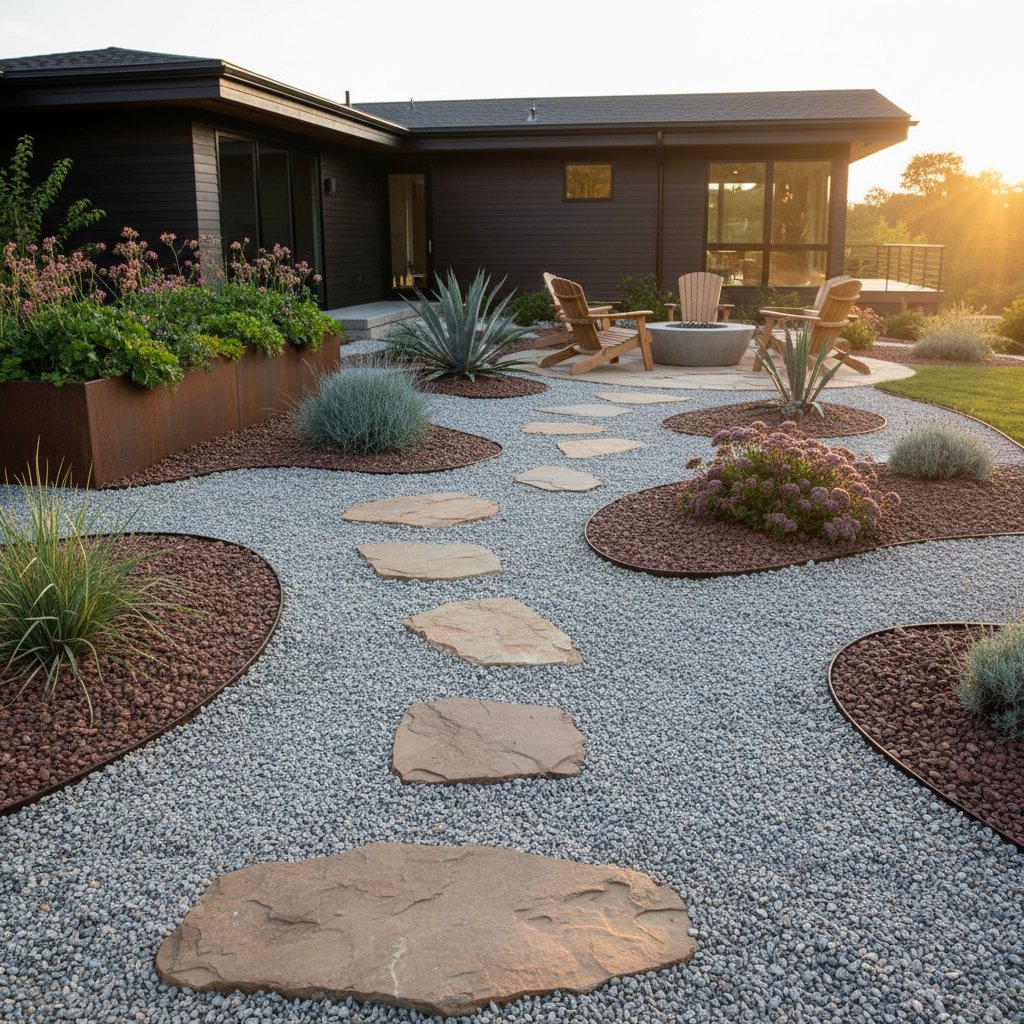Night Gardens: 2025's Enchanting Landscaping Shift
Homeowners increasingly seek calm, sensory-rich outdoor spaces. Night gardens emerge as a leading landscaping trend for 2025. These designs activate after sunset through soft illumination, reflective textures, and plants that capture light or emit fragrance in darkness. A night garden extends enjoyment of the yard well beyond daylight hours. It converts serene evenings into periods of aesthetic pleasure, relaxation, and natural immersion.
Night garden creation extends beyond basic outdoor illumination. The process requires strategic planning that leverages moonlight, selects vegetation optimal for dim conditions, and incorporates elements that captivate attention and encourage prolonged stays. Gardeners with modest patios or expansive backyards alike can craft environments that evoke enchantment and hospitality under nocturnal skies.
What Makes a Night Garden Special
A night garden emphasizes atmosphere and multisensory engagement. By day, it resembles a conventional landscape. As twilight yields to night, however, distinctive qualities emerge. Textures sharpen, aromas intensify, and subdued hues gain prominence. Key components contribute to this allure:
- Soft illumination from lanterns, pathway markers, or concealed fixtures that delineate forms and facilitate navigation.
- Reflective elements like water bodies, buffed stones, or light-colored aggregates that capture and scatter light.
- Vegetation featuring pale or silvery leaves that become prominent in low light.
- Blooms that disperse fragrance during evening hours.
- Foliage in deep tones that heighten contrast and introduce intrigue.
This combination yields a multifaceted sensory encounter involving vision, olfaction, and audition. The chirp of insects might mingle with the perfume of jasmine, while moonlight gleams on ivory petals. The space achieves tranquility without monotony and drama without intensity.
Designing for Moonlight
Moonlight serves as the cornerstone of night garden architecture. Its variability across evenings demands layouts that maximize exposure. Expanses oriented toward the sky capture greater natural radiance than enclosed nooks. Light-toned substrates, including limestone slabs or pale aggregates, enhance this luminosity and expand perceived brightness.
In yards dominated by thick canopies, introduce deliberate gaps to permit lunar penetration to the soil. Site benches or prominent features within these zones. Consider a modest seat beneath a silver birch tree or a compact basin rimmed with pale rocks; both transform into radiant highlights during full moons.
Moonlight accentuates motion as well. Ornamental grasses such as Mexican feather grass or Japanese forest grass sway to ensnare light. Such elements infuse gentleness and prevent stagnation. Pair them with denser, shadowed plantings to establish cadence and differentiation.
Choosing Plants That Shine After Dark
Plant selection forms the core of a night garden. Certain species appear unremarkable in daylight yet captivate nocturnally. Prioritize juxtaposition, tactile quality, and aroma. Explore these groupings:
Pale and Silver Foliage
These selections rebound light to produce luminescence:
- Lamb’s ear, distinguished by velvety, argent leaves that luster in subdued radiance.
- Dusty miller, which sustains its ashen hue through seasons.
- Hostas bearing streaked foliage where margins snare moonlight.
- Artemisia cultivars that blend aroma with iridescence.
White and Pale Blooms
Nocturnal visibility or aperture in flowers imparts effulgence:
- Moonflower, a climbing vine that expands broad white corollas post-dusk.
- Evening primrose, which unveils its florets at sunset.
- White lilies or garden phlox, forming luminous clusters.
- Hydrangeas with fair inflorescences that mirror scant light.
Fragrant Night Bloomers
Olfactory impact proves essential. Select species that exude essence after sundown:
- Night-blooming jasmine, renowned for its saccharine bouquet.
- Tuberose, delivering potent, lacteal perfume.
- Nicotiana, featuring stellate white blossoms from a tobacco relative.
- Sweet alyssum, which yields a mild, mellifluous note adjacent to thoroughfares.
Black and Deep Foliage
Somber plantings provide profundity and encase brighter specimens:
- Black mondo grass, a diminutive, lustrous edging option.
- ‘Black Lace’ elderberry, with filigreed foliage and rosy inflorescences.
- Heuchera ‘Obsidian’, compatible with argent companions.
- Black tulips or somber dahlias as bold focal points.
Integrate light and shadow foliage for equilibrium and opulence. Cluster specimens to elevate pallid varieties against obscure backdrops.
Setting the Mood with Lighting
Illumination shapes nocturnal perception of the garden. Aim to direct gaze subtly rather than overwhelm. Employ temperate, subdued sources that emulate candlelight or lunar sheen.
- Pathway illuminants delineate routes and ensure secure traversal; opt for compact units directing beams earthward.
- Stringed fixtures or portable lanterns infuse romance near repose zones.
- Directed beams accentuate arboreal forms, statuary, or aqueous installations, applied judiciously.
- Solar-powered options minimize cabling and consumption while providing gentle radiance.
Effective schemes layer illumination: general diffusion for orientation, functional beams for pursuits, and dramatic highlights for emphasis. Refrain from ocular glare or excessive brightness. Foster interplay of obscurity and gleam for organic authenticity.
Adding Water and Sound
Aqueous installations vivify after dark. A modest fountain rebounds light elegantly and contributes calming acoustics. Fluid dynamics fragment reflections and command focus. A basin with submersed glow resembles molten argent beneath the moon.
For minimalism, position an ample earthen vessel brimming with water amid flora. It echoes celestial bodies, forming a discreet anchor. Amplify with whispering vegetation like bamboo or decorative grasses to enrich auditory layers.
Hardscape Choices for Night Appeal
Substrates for paths, seats, and edges influence light dynamics. Fair aggregates illuminate dim sectors; ebon ones sequester radiance for dimension. Consider these selections:
- White gravel trails that scintillate beneath lanterns.
- Slate or basalt for shadowed emphases contrasting luminous growth.
- Polished concrete slabs that rebound faint light.
- Timber platforms tinted in neutral shades for organic warmth.
Integrate seating seamlessly. A lithic bench nestled in verdure or a diminutive arbor entwined with lianas promotes contemplative repose. Maintain even, non-skid exteriors, as condensation and scant light heighten slip hazards.
Balancing Practicality and Beauty
Night gardens demand allure alongside feasibility. Address these considerations prior to initiation:
- Budget: Modest fixtures and flora yield impact sans extravagance. Allocate additional funds for electrical integration or substantial hydraulics.
- Maintenance: Favor resilient species needing infrequent intervention. Argent-leafed options often endure aridity and lean soils.
- Safety: Ensure planar routes with adequate glow. Eliminate trailing wires or protrusions.
- Privacy: Employ barriers, lattices, or lofty grasses for seclusion.
Commence modestly, such as an lit perimeter or aromatic cluster by the terrace. Observe lunar patterns and vegetative responses to inform progressive enhancements.
Seasonal Adjustments
Night gardens evolve seasonally. Vernal and estival phases spotlight blooms and scents. Autumn shifts emphasis to tactile qualities on capitula or culms. Hibernal focus turns to architecture, cortical textures, and persistent greens.
Sustain year-round intrigue by blending perennials with transient accents. Utilize vessels for interchangeable seasonal flora, like ivory pansies in chill or fair impatiens in warmth. Shear bushes to preserve contours and permit light access to primaries.
Enjoying Your Night Garden
With establishment complete, savor the creation. Deploy ergonomic seating, plush coverings, and supplementary tapers. Host companions for subdued gatherings or solitary immersion in nocturnal symphony. Such spaces often eclipse diurnal domains, particularly amid sweltering or hectic days.
Experiment with emergence timing. Venture forth as gloaming intensifies to witness chromatic transitions. Observe argent foliage luminescence and umbral elongation over lithic courses. Accumulate insights on optimal lunar capture zones and requisite illuminant modifications.
Ongoing Maintenance
Night gardens thrive with periodic oversight rather than perpetual vigilance. Inspect fixtures biweekly to clear particulates. Polish reflective planes like specula or basins for sustained brilliance. Shear obstructive or encroaching growth from illuminants and passages. Substitute dimming lamps with warm-white alternatives.
Monitor aromatic progressions. Certain nocturnal flora peak briefly before dormancy. Sequence apertures to perpetuate pervasive perfume.



